Many banks have been changing their fee structures, looking for ways to increase revenues. Citing debit card transaction fee caps and other regulatory changes, banks are looking to boost revenue and profits, and that means that they are turning to consumers.
It’s important that you read communications from your banks, so that you know what’s coming. You don’t want to be taken by surprise by your checking account fees. Here are some of the fees to watch out for as you read communications from your bank:
Mandatory Fees
Some banks charge across the board, mandatory fees. Some of these fees might include:
Monthly account maintenanceThis is one of the most common fees cropping up. All accounts might be charged a monthly fee of between $2 and $10 a month.
ATM Fees: These are fairly standard at many banks. You pay a fee when you use the bank’s ATM, and you are hit double for using another bank’s ATM — paying a fee to your bank and the bank that owns the ATM
Overdraft: IF you spend more than you have in your account, you will be charged a fee, usually between $25 and $45.
Rewards programSome banks with rewards programs charge annual fees to participate. If you don’t earn enough rewards to offset the fee, this can get expensive.
Find out which fees are charged in this way, so that you are aware of what you are paying to access your money on a regular basis.
Conditional Fees
In some cases, you will find that the fees you pay at the bank are conditional. You only pay them if certain conditions aren’t met. Here are some examples of such fees:
Minimum balance: Perhaps you don’t have to pay a fee unless you fall below a specific balance. As long as your account remains above a certain level, you don’t have to pay a fee. Make sure, though, that you understand the difference between banks that charge the fee based on your balance at the end of the month, and those that charge the fee if your balance falls below the minimum at any time during the month.
Minimum transaction: Requires that you complete a minimum number of transactions each month. It might be direct deposits, automatic debits, debit card transactions (PIN or signature), or a combination of transactions.
Teller: In some banks, the number of times you make use of the teller (drive up or in the branch) is tracked. If you use the teller more than a couple times a month, you could be charged.
Unlike mandatory fees, these fees are only charged if you don’t meet some requirements, or if you exceed certain limits. If you are happy with your bank, and it only charges these conditional fees, it might not be so bad to stick with the bank as long as you are sure you can meet the conditions for keeping your account truly fee-free.
What to Do About Fees
If you are unhappy with the fees charged by your bank, you can ask about your options. Many banks offer a variety of account options, including those with fewer fees. You can ask to have fees waived, or ask if you can switch to a different type of account.
Another option is to take your business elsewhere. There are a number of banks and credit unions that still offer fee-free banking. Online banks and credit unions are increasingly popular because they provide access to low-cost options. Shop around, compare fees, and determine which financial institution is likely to help you get the most for your money.

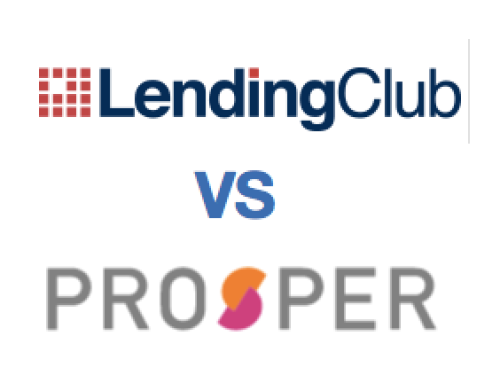
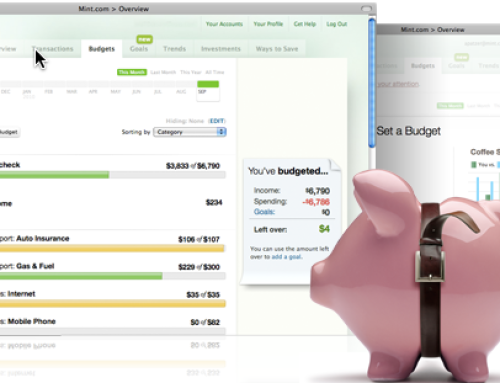
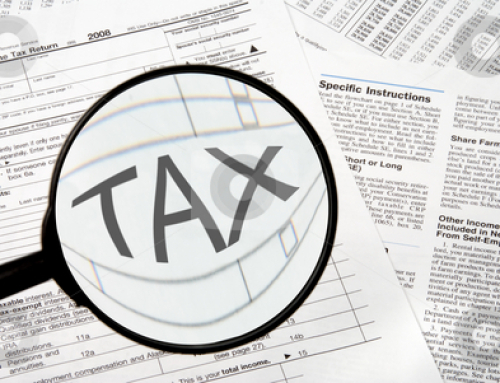
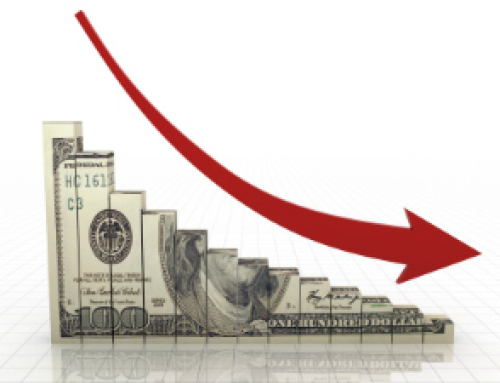
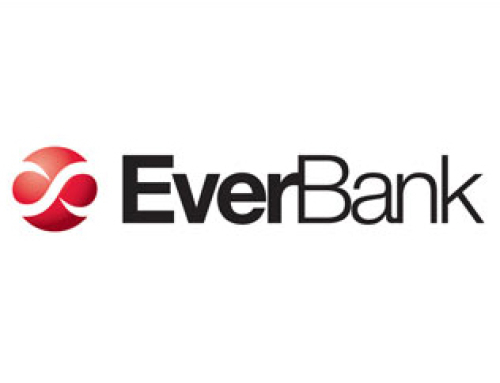







Follow Us